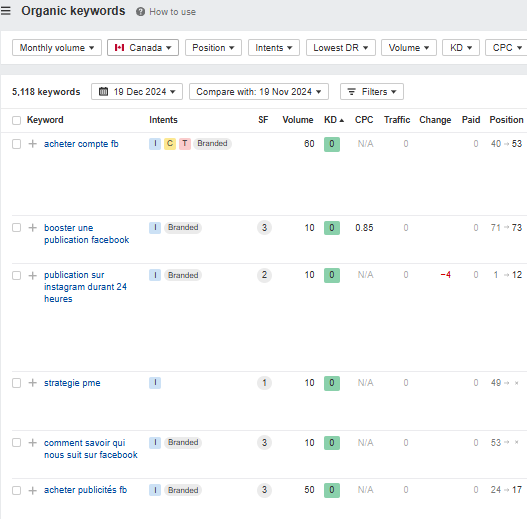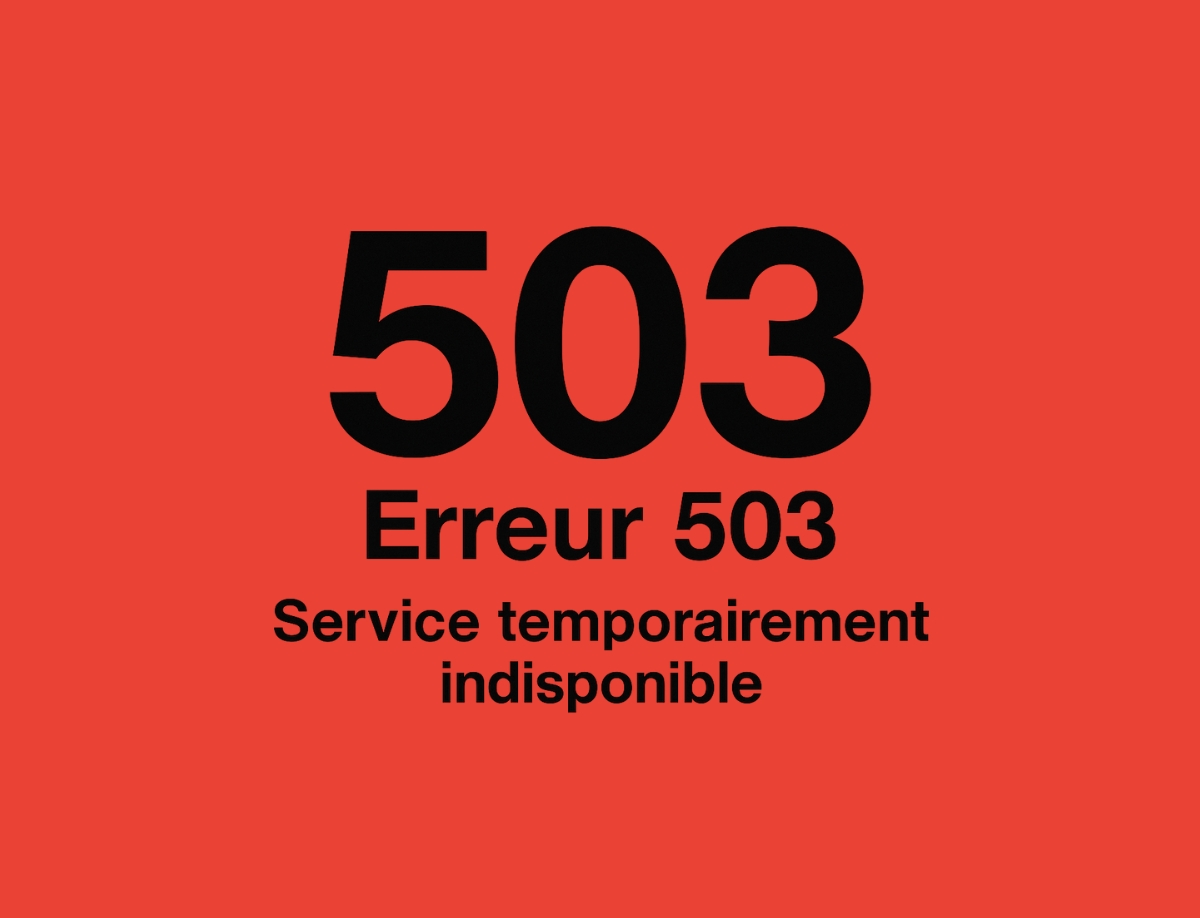At a time when every click counts, companies are constantly seeking to optimize their return on investment (ROI) when it comes to online marketing. Two main strategies dominate this field SEO (Search Engine Optimization) and SEM (Search Engine Marketing). But what's the difference between SEO and SEM in terms of ROI??
This article, written by our expert local SEO team at The Webix, helps you understand how each of these strategies can impact your ROI, and how to use them effectively to maximize your profits.
What is SEO?
Definition of SEO
SEO, or Search Engine Optimizationis a strategy designed to improve your website's ranking in the organic results of search engines. By optimizing elements such as keywords, content and backlinks, you increase your site's visibility without direct advertising costs.
How does SEO work?
SEO involves a number of techniques, including optimizing meta tags, creating quality content and acquiring inbound links. These actions enable Google to better understand and rank your site, attracting targeted, organic traffic over the long term.
The benefits of SEO for ROI
SEO offers a high ROI over the long term. Once well-positioned, your site can generate a steady stream of visitors at no additional cost. What's more, SEO enhances your site's credibility, increasing user confidence and conversion rates.

What is SEM?
SEM definition
SEM, or Search Engine MarketingSearch Engine Optimization (SEO) encompasses all paid strategies aimed at increasing your website's visibility in search engines. This includes advertising campaigns such as Google Ads, which position your site at the top of search results by bidding on specific keywords.
How does SEM work?
SEM works by purchasing advertising placements. You select relevant keywords, set a budget and create targeted ads. Each click on an ad costs money, but gives you immediate, measurable visibility.
The benefits of SEM for ROI
SEM offers a fast ROI. By precisely targeting your ads, you attract potential customers who are ready to buy or commit. What's more, SEM campaigns are flexible and can be adjusted in real time to maximize their effectiveness and profitability.
What is the difference between SEO and SEM for ROI?
SEO vs SEM: Comparative ROI analysis
What is the difference between SEO and SEM for ROI lies mainly in their approach and objectives. SEO offers long-term ROI through constant organic traffic and sustainable ranking improvement. The SEMon the other hand, delivers immediate ROI thanks to fast, targeted paid visibility.
Combine SEO and SEM to maximize ROI
By combining SEO and SEM, you benefit from the advantages of both strategies. SEO establishes a solid base of organic visibility, while SEM reinforces this presence with rapid results. This hybrid approach optimizes your ROI by balancing organic growth with the benefits of SEM. paid campaigns.
Case studies : Optimized ROI with SEO and SEM
Local businesses have increased their ROI by integrating SEO and SEM. For example, a local store optimizes its site for SEO and launches targeted Google Ads campaigns. This combination attracts regular visitors and generates immediate sales, maximizing ROI.
How to choose between SEO and SEM for your marketing strategy?
Evaluate your marketing objectives
Determine what you want to achieve. For organic growth and a lasting presence, opt for SEO. For fast results and immediate visibility, opt for SEM.
Consider your budget
SEO requires an initial investment in time and resources, but is profitable in the long term. SEM requires an ongoing advertising budget, which can rapidly increase costs. Balance your spending against your financial goals.
Analyze your business sector
Some sectors benefit more from SEO thanks to strong organic competition. Others, with rapid sales cycles, can benefit from SEM to generate leads immediately. Understanding your market helps you choose the best approach.
Advantages and disadvantages of SEO vs SEM
What are the benefits of SEO?
SEO pays off in the long term. Once well-positioned, your site can attract constant traffic at no extra cost. What's more, SEO enhances users' credibility and trust in your brand.
What are the advantages of SEM?
SEM delivers fast results. You can target specific audiences and adjust your campaigns in real time. This gives you great flexibility and precise control over your marketing budget.
What are the disadvantages of SEO and SEM?
The difference between SEO and SEM lies in their approach and long-term impact. SEO takes time and continuous effort. Results are not immediate and require regular optimization. SEM, on the other hand, can become costly as you increase your advertising budget. What's more, SEM ads stop appearing as soon as you stop paying, unlike SEO, which continues to generate traffic over the long term.
Maximize your ROI with a balanced SEO and SEM strategy
In short, the difference between SEO and SEM for ROI lies primarily in their approaches and objectives. SEO focuses on organic optimization for lasting visibility, while SEM uses paid methods to achieve quick results. However, by combining these two strategies, you can create a robust and effective online presence, maximizing your return on investment.
At The Webix, we understand the difference between SEO and SEM, and the importance of a balanced strategy. Our experts in both fields work together to offer you customized solutions tailored to your specific needs. Contact us today to find out how we can help you optimize your online visibility and achieve your business goals.








